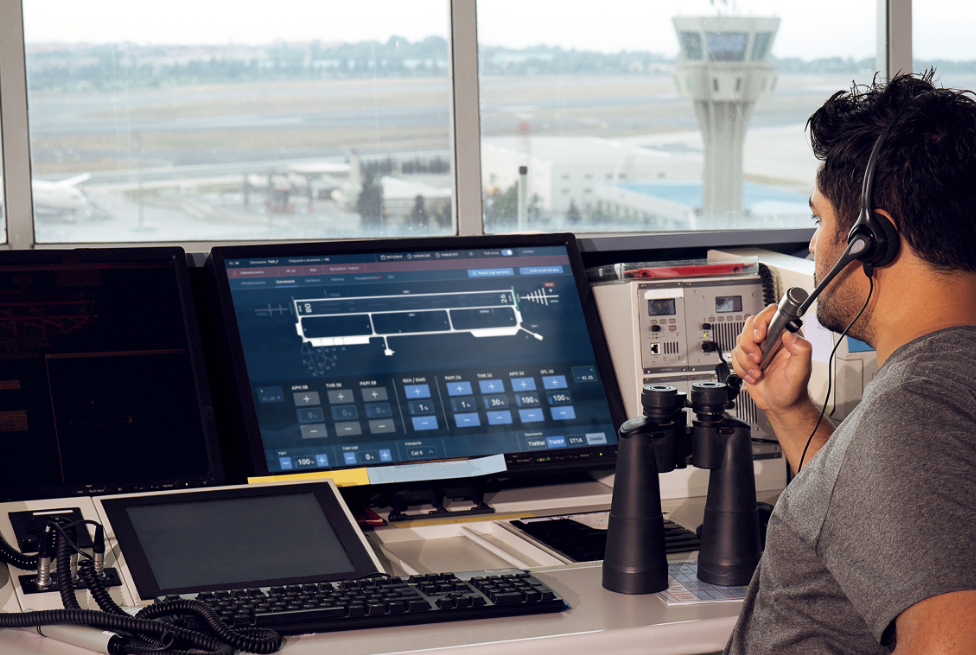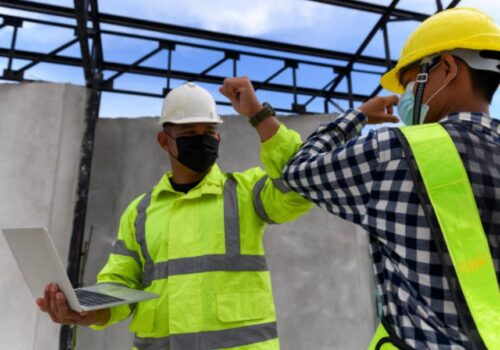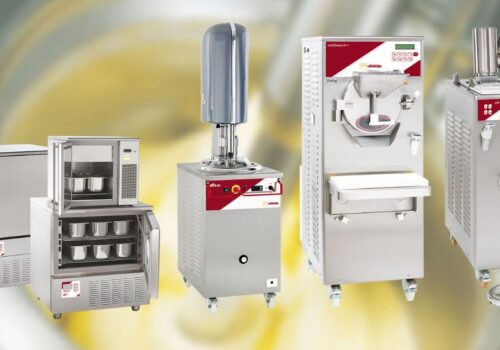Guiding Pilots: The Role of Pilot Activated Lighting Control in Aviation
Navigating the skies is a daunting task, especially during night flights or in low visibility conditions. One crucial tool that assists pilots during such times is pilot-activated lighting control. This technology plays a pivotal role in aviation, providing visual guidance to pilots and ensuring safe landings.
-
Illuminating the Path: How It Works
Pilot Controlled Lighting (PCL) systems are designed to empower pilots with the ability to adjust the intensity of airfield lights, offering a tailored approach to landing and taxiing. These systems operate through a straightforward mechanism. By keying the aircraft’s radio transmit button a specific number of times within a five-second period, pilots can control the lighting on the runway.
The intensity of the lights can be adjusted by varying the number of clicks. Three clicks activate low intensity, five clicks for medium, and seven clicks for high intensity. This allows pilots to adapt the lighting to their needs, taking into account factors such as weather conditions, visibility, and personal comfort levels.
-
The Importance of PCL Systems in Aviation
The implementation of pilot-activated lighting control systems has revolutionized aviation safety. They provide visual guidance for pilots, especially critical during night operations or periods of low visibility. Moreover, they play an integral role in situations where air traffic controllers aren’t available, giving pilots greater control and autonomy during landings.
-
Pilot Activated Lighting: A Beacon in the Dark
The effectiveness of PCL systems is amplified when combined with other technologies. For instance, stop bar lighting and taxiway centerline lights incorporated with pilot-activated lighting systems significantly enhance taxiway navigation during darkness or low visibility.
In addition to guiding pilots during landings, these systems also contribute to energy conservation. Since the lights are only activated when needed, unnecessary energy consumption is minimized.
-
The Future of PCL Systems
As technology evolves, so does the sophistication of PCL systems. Innovations are continually being introduced, aiming to improve the reliability, efficiency, and ease of use of these systems.
One such innovation is the integration of PCL systems with automated weather observation systems. This allows the lighting intensity to automatically adjust based on real-time weather conditions, further enhancing the guidance provided to pilots.
Conclusion
In the fast-paced world of aviation, pilot-activated lighting control systems have proven to be invaluable assets. These systems not only ensure the safety of pilots but also contribute to the overall efficiency of airport operations. With ongoing advancements, we can expect these systems to continue evolving, making the skies safer and more navigable for pilots around the world.





